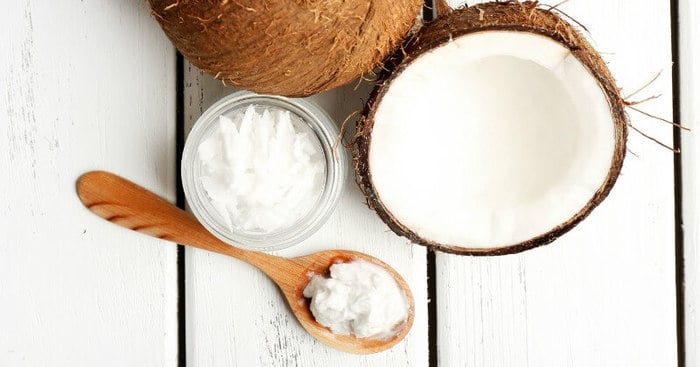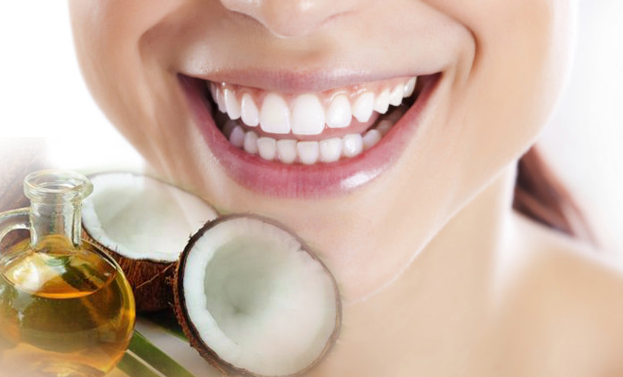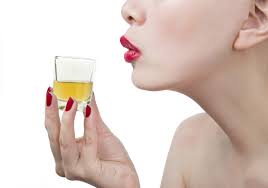Why oil pulling is important






Procedure of oil pulling
The power of oil pulling
Oil pulling is a traditional folk remedy practiced in ancient India. It is believed to cure more than thirty systemic diseases when practiced regularly and as directed. Due to occurrence of side effects to modern medicines and oral hygiene products, people are increasingly attracted towards complementary and traditional practices. Oil pulling in addition to offering several oral health benefits has also beneficial effects on overall health. The present article attempts to review and discuss this ancient practice.
Intro about oil pulling
Mouth is considered as the mirror of the general health of human body. Oral cavity harbors billions of microorganisms, some of these contribute to the development or progression of systemic diseases such as cardiovascular disease, diabetes mellitus, etc.1 Oral health and general health is interrelated.2 So it is very important to maintain oral health. Antibiotic resistance, adverse effects and toxicity to modern medicines has prompted scientists to research on natural products. Oil pulling is claimed to improve oral health. It came into lime light and popularity by Dr F Karach.3, 4 The present article reviews the role of oil pulling in maintaining oral hygiene. Oil pulling is an ancient ayurvedic therapy for maintaining oral hygiene.5 Oils for oil pulling are easily available in household.6 Oil pulling is mentioned in the ayurvedic text Charak Samhita and Sushruta Samhita as ‘Kavala Graha’ or ‘Kavala Gandoosha’.4, 7 In Gandoosha mouth is completely filled with oil such that gargling is impossible whereas in Kavala Graha comfortable lesser quantities of oil is used such that gargling is possible.
In oil pulling, a tablespoon full of oil is swished around the mouth in the early morning before breakfast and in empty stomach for about 20 min. In case of children greater than five years of age, a teaspoon of oil is used. The oil is ‘pulled’ and forced in between all the teeth by swishing it all around the mouth. At the end of this activity if the procedure is done correctly, the viscous oil will become milky white and thinner. Then it is spit out and mouth is thoroughly washed with clean warm saline water or tap water and teeth are cleaned with fingers or routine tooth brushing is performed.9 If the jaw aches, then the procedure can be done just for 5–10 min. The oil should not be spit into the sink as the oil can cause clogging of the pipes. Instead, the oil should be spit into a trashcan or on a paper towel. Oil pulling should be ideally performed daily morning on empty stomach before brushing teeth and care should be taken that oil is not swallowed.4, 10, 11 Swallowing of oil during oil pulling should be avoided as the oil contains bacteria and toxins.12 Oil pulling is best practiced in sitting position with chin up. It can be practiced thrice daily in empty stomach before meals to fasten the healing effects.13 It is contraindicated for children below 5 years due to risk of aspiration.14, 15 The practitioner should take care not to aspirate the oil while performing rigorous oil pulling. In cases of oral ulcers, fever, vomiting tendency, asthma and in conditions where brushing is difficult and sometimes contraindicated, oil pulling can be advantageously used to maintain oral hygiene.
Ayurveda hypothesizes that tongue is connected to various organs such as kidneys, heart, lungs, small intestine, spine, etc.16 Oil pulling is believed to help in the excretion of toxic heavy metals by saliva.17 Oil pulling activates salivary enzymes which absorb toxins such as chemical toxins, bacterial toxins and environmental toxins from the blood and removed from the body through the tongue.9, 16, 18, 19 Thus oil pulling detoxifies and purifies the entire human body.16 However it is argued that since oral mucosa is not a semipermeable membrane, toxins of the body from the blood cannot pass through it. Organic oils such as sunflower oil, sesame oil, and coconut oil are of benefit especially if it is cold pressed, though refined oil also works in “pulling” the bacteria, viruses and protozoa from the oral cavity. Since trans fats are absent in cold pressed oils when compared to commercial oils which are extracted from strong petroleum based solvents; oil pulling is ideally performed with cold pressed oils.3 Traditionally sesame oil is documented to be preferred oil for practicing oil pulling.7 Oil pulling using olive oil, milk, extracts of gooseberry and mangoes is also documented.20 Sesame oil and sunflower oil has been found to reduce plaque induced gingivitis.4 Root of Sesame (Sesamum indicum) contains chlorosesamone which has antifungal activity.10 Also polyunsaturated fatty acids present in sesame oil reduces free radical injury occurring in oral cavity.
Benefits of oil pulling